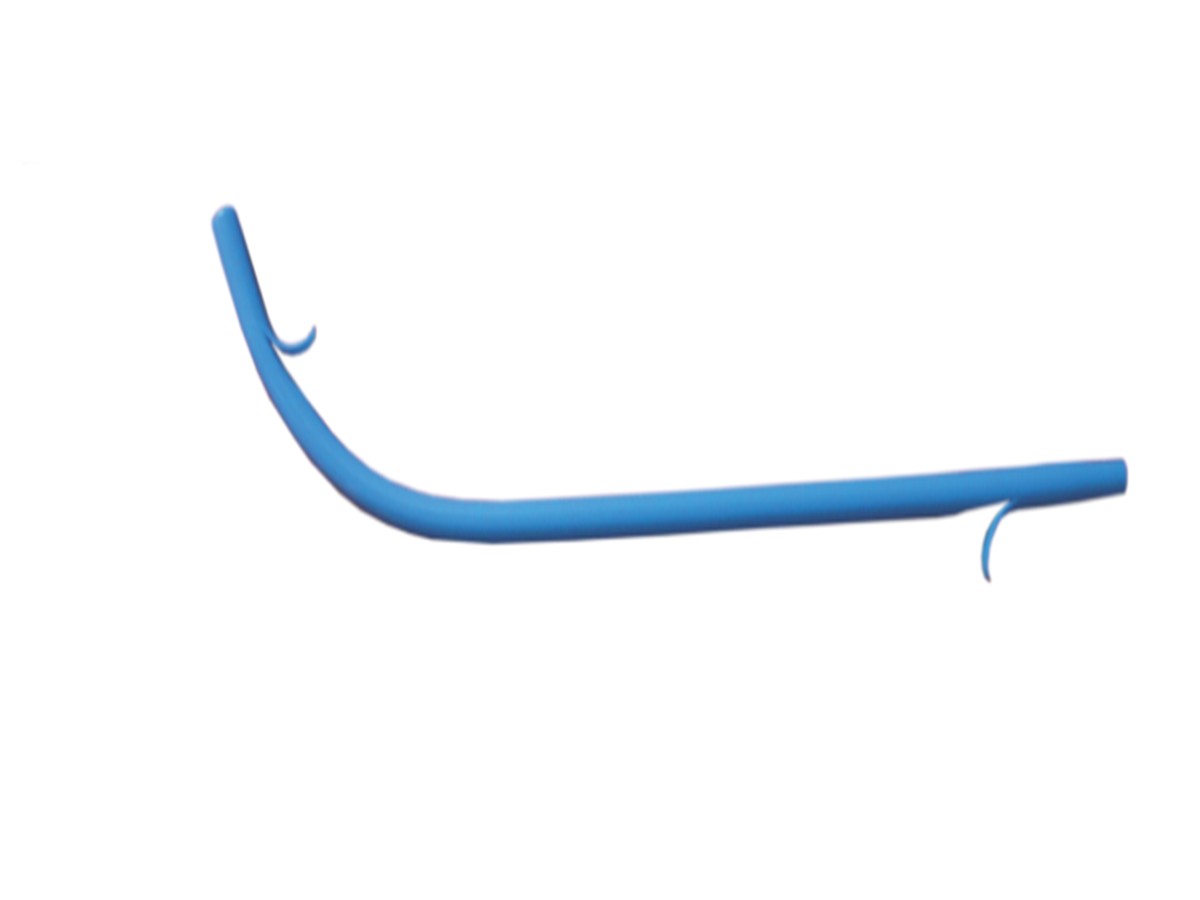
The term "stent biliary V-E-013-8.5FR (J Sharp)" refers to a specific biliary stent model used in medical procedures to maintain bile duct patency. Here's a breakdown of its features

The term "stent biliary v-e-01p-5fr (single pigtail)" refers to a specific type of biliary stent, commonly used in biliary interventions. Here’s a breakdown of the components

The term "stent biliary v-e-12d10fr (double pigtail)" refers to a particular type of biliary stent with a specific design and characteristics
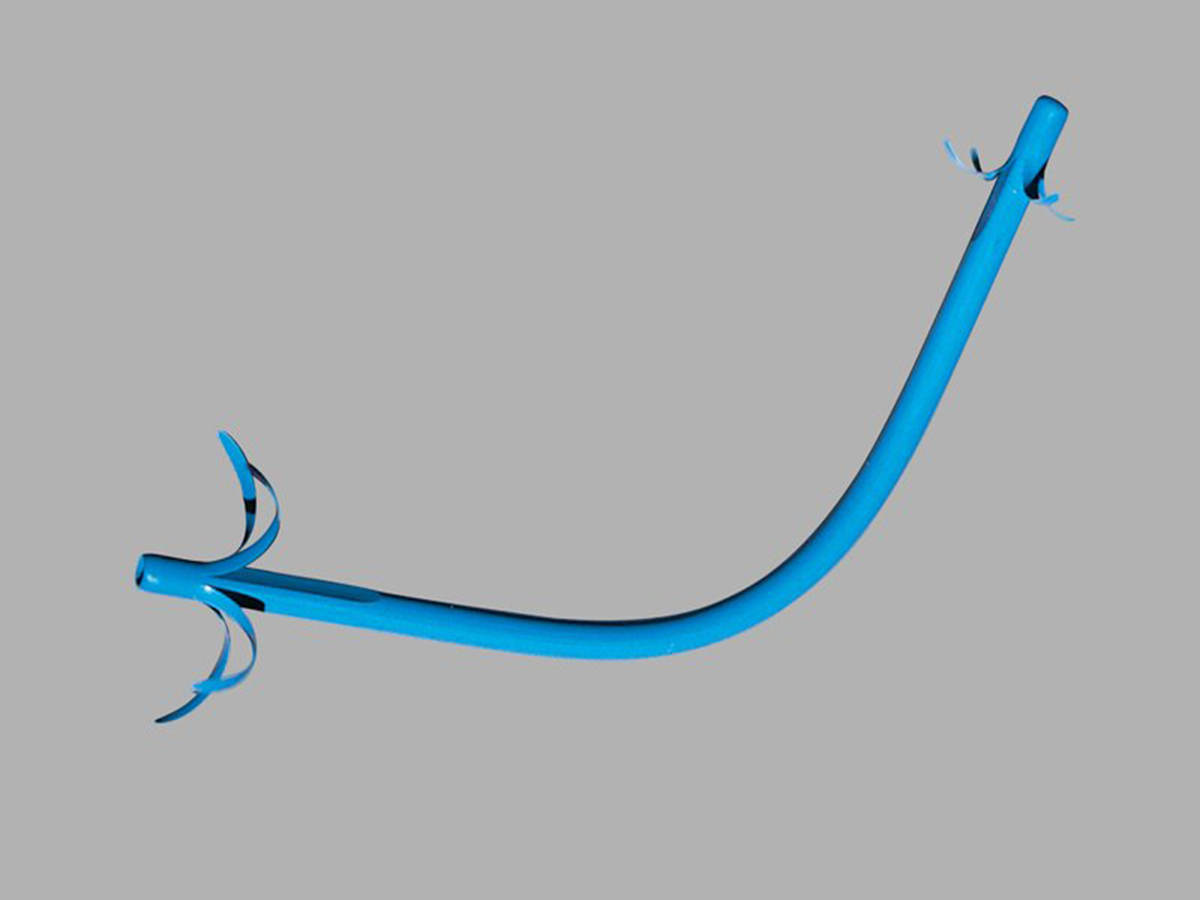
The term "stent biliary v-e18-10fr (Tanenbaum)" seems to refer to a specific type of biliary stent, which is used in medical procedures to keep the bile duct open when it is narrowed or blocked. Here's a breakdown:
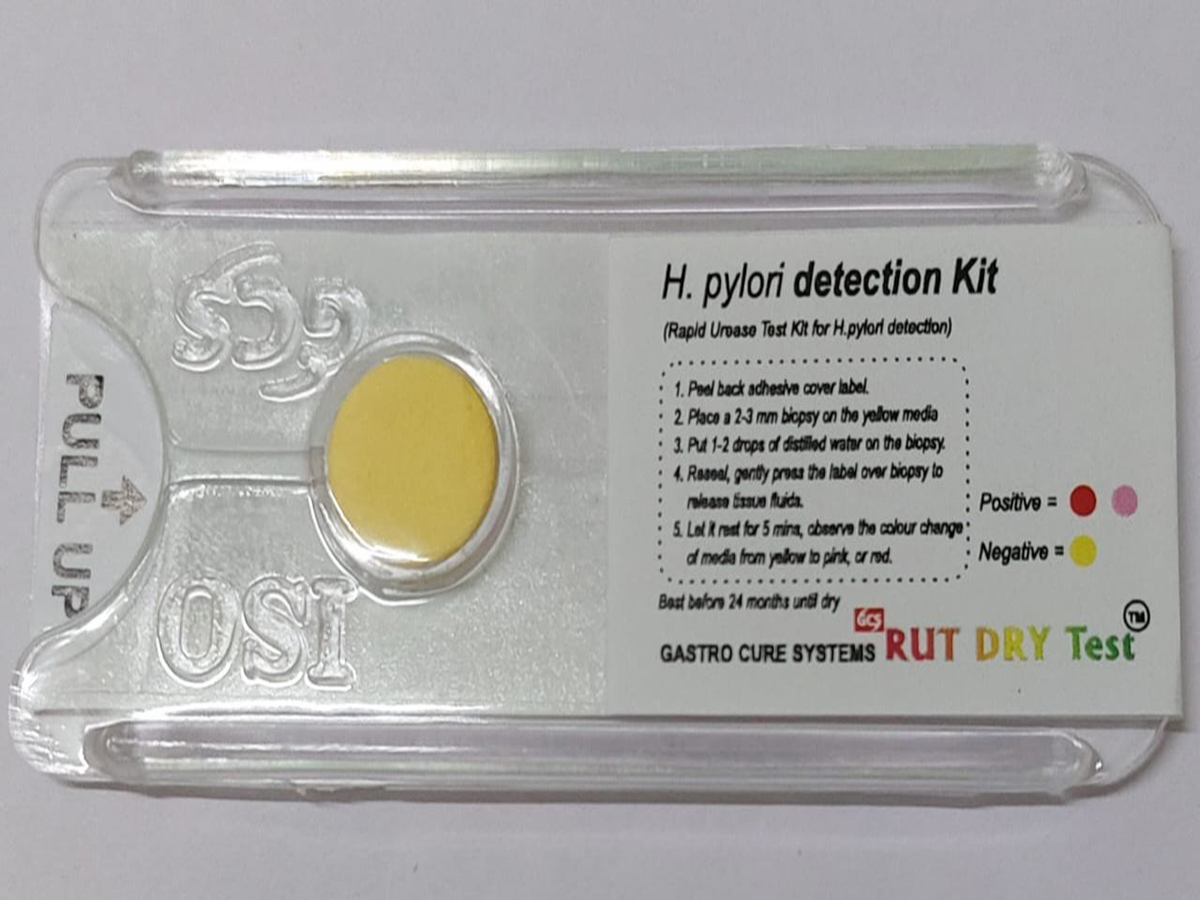
Helicobacter pylori (H. pylori) detection tests are diagnostic tools used to identify the presence of H. pylori, a bacteria that infects the stomach lining and is associated with conditions such as gastritis, peptic ulcers, and an increased risk of stomach cancer. Detecting H. pylori is crucial for diagnosing and treating infections, which can often be cleared with antibiotics and acid-suppressing medications.
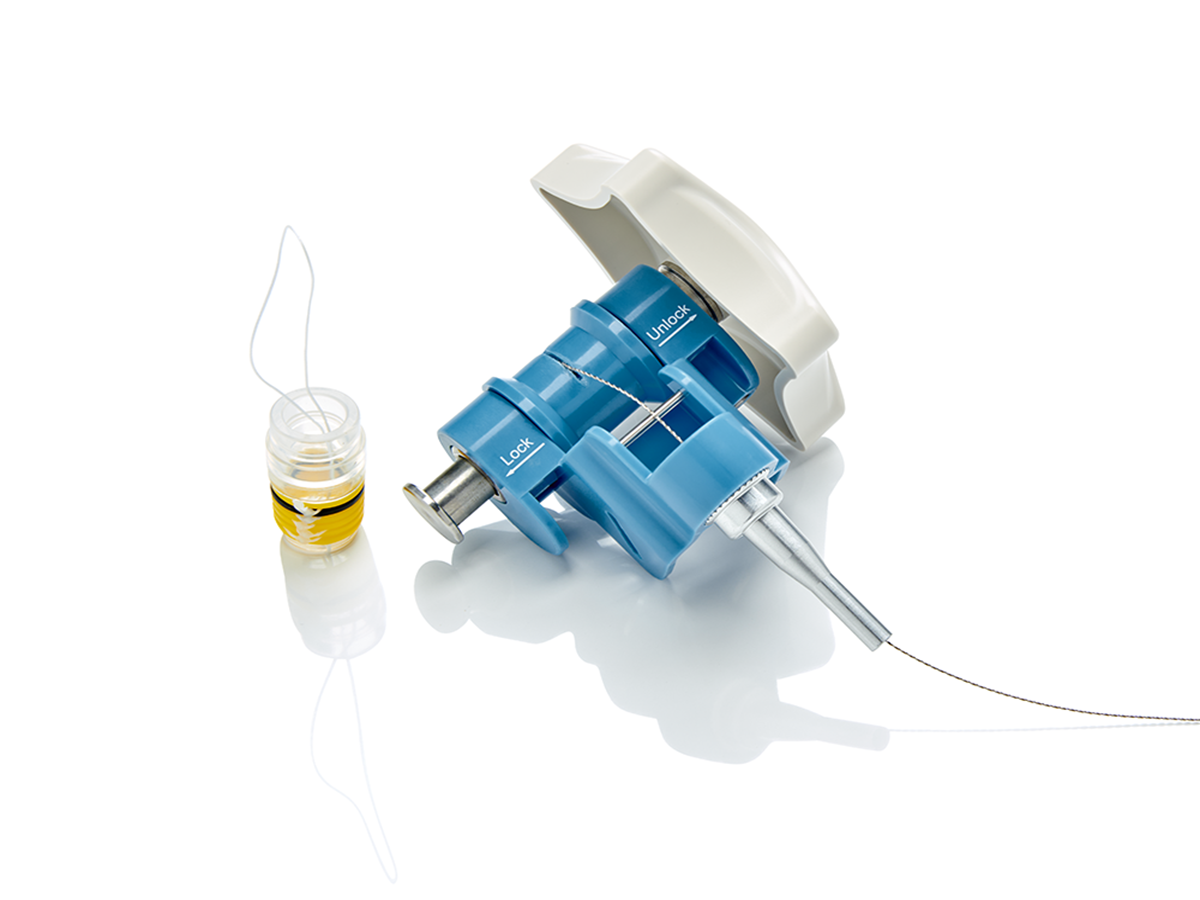
A multi-band ligator is a medical device used during endoscopic variceal ligation (EVL) to treat esophageal varices—dilated veins in the esophagus that can rupture and cause severe bleeding. This device is designed to place multiple elastic bands around the varices to cut off their blood supply, causing the veins to shrink and reduce the risk of bleeding.
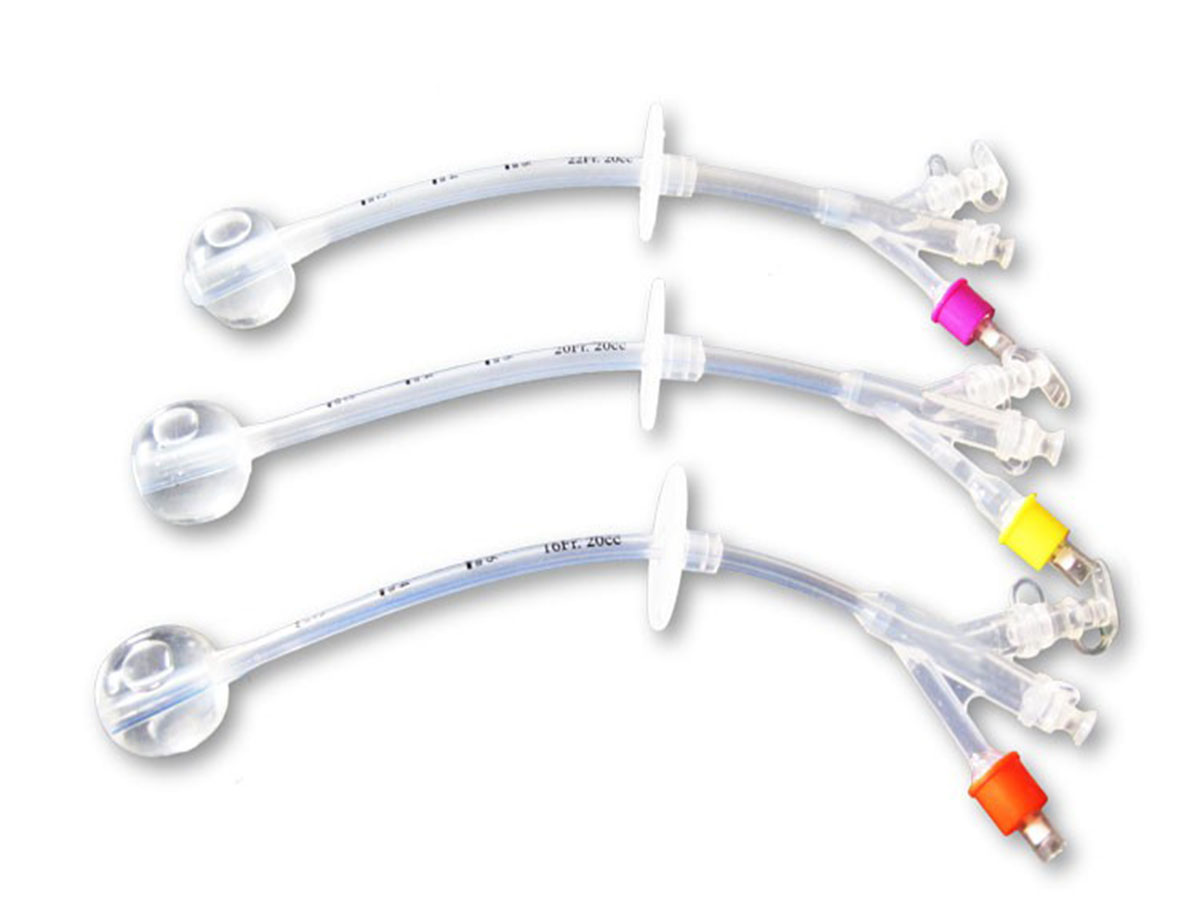
A silicone gastrostomy tube is a medical device inserted through the abdomen directly into the stomach to provide nutrition, fluids, and medications when oral intake is not possible or adequate. Gastrostomy tubes (commonly referred to as G-tubes) are often made from medical-grade silicone due to its flexibility, biocompatibility, and resistance to degradation within the body.

Disposable biopsy forceps are medical instruments used to obtain tissue samples from inside the body for pathological examination. These forceps are designed for single use, ensuring sterility and minimizing the risk of cross-contamination between patients. They are commonly used in procedures such as endoscopy, colonoscopy, or bronchoscopy, where tissue samples from the gastrointestinal tract, lungs, or other organs are needed to diagnose conditions like cancer, inflammation, or infections.
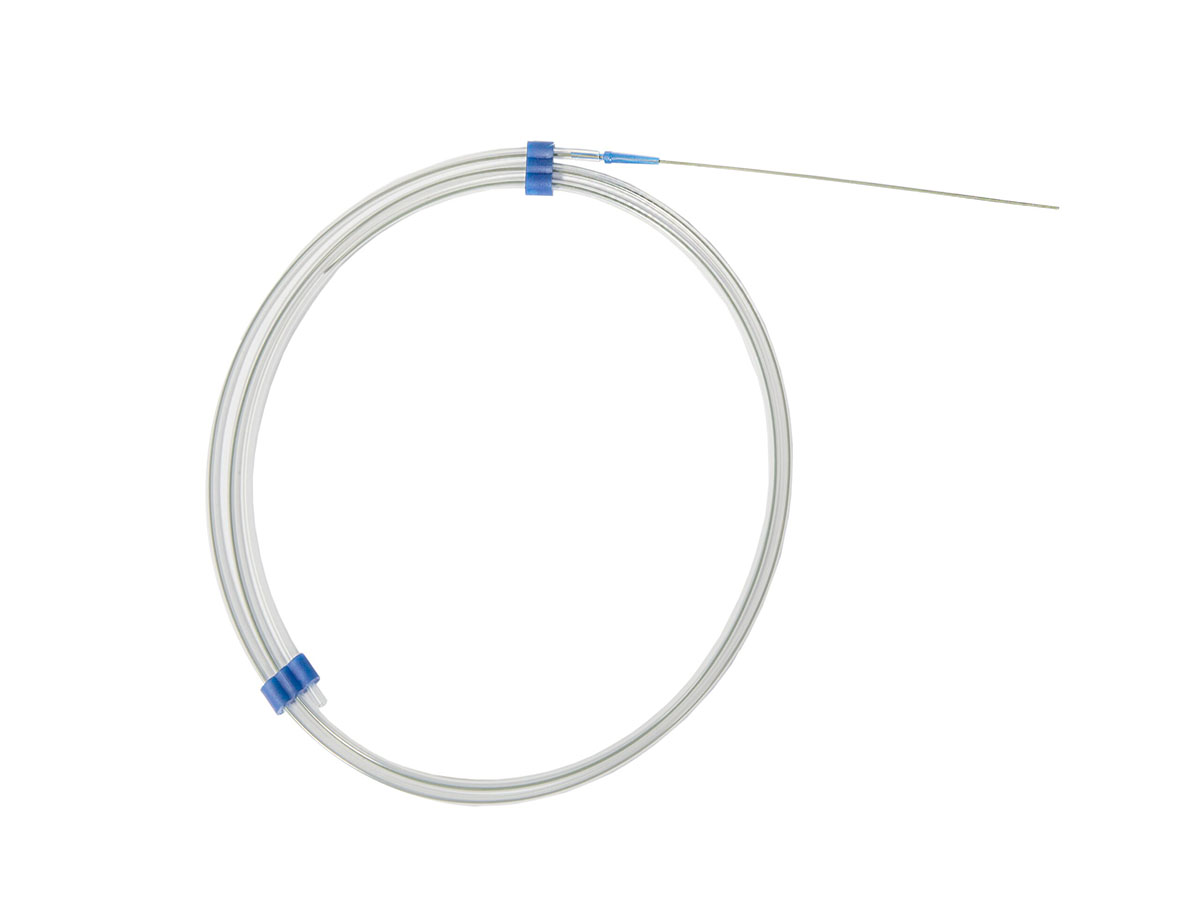
A disposable guide wire is a thin, flexible wire used in various medical procedures to navigate and guide medical devices, such as catheters or stents, through difficult or narrow pathways in the body, particularly blood vessels or the gastrointestinal tract. The guide wire helps in the precise placement of these devices during diagnostic or therapeutic procedures.